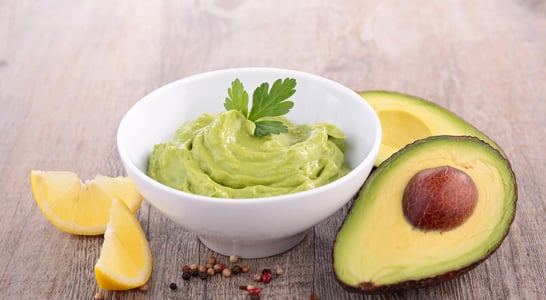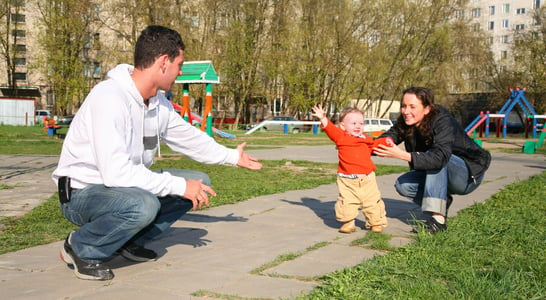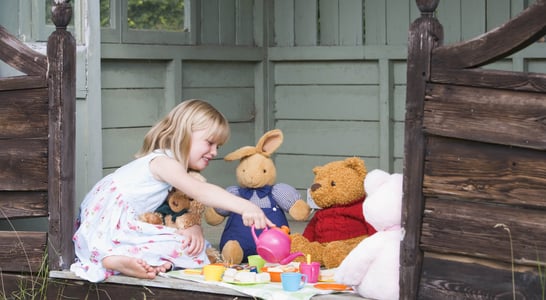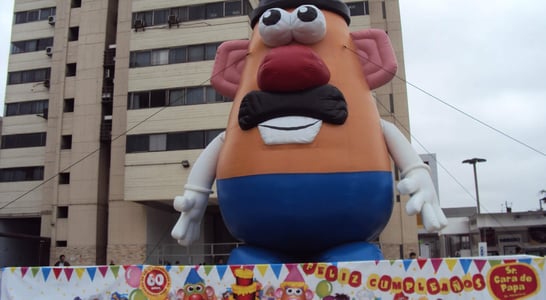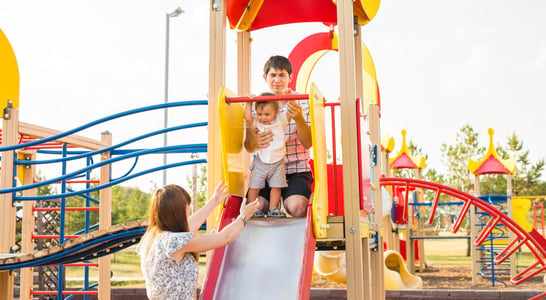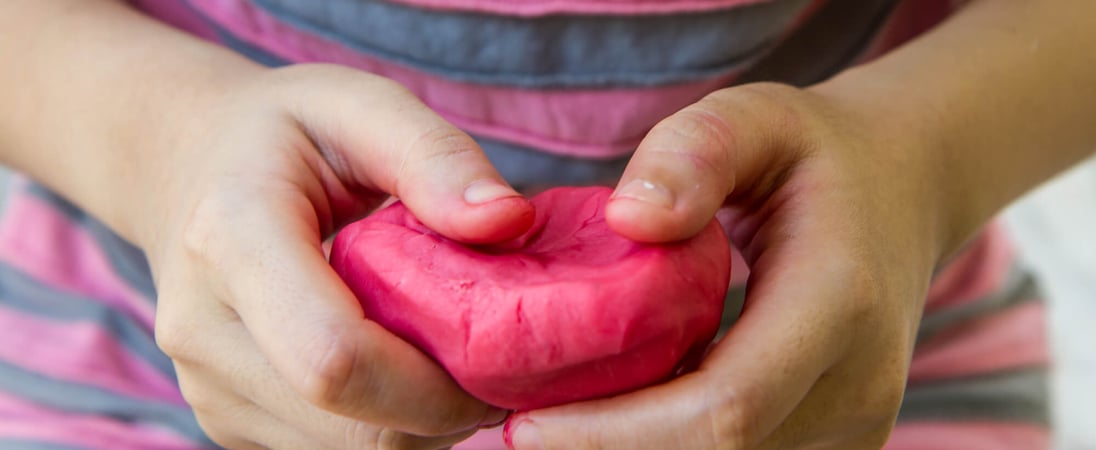
National Play-Doh Day
Just because we grow up doesn’t mean we have to stop having fun. Let your inner child out and play with play-doh! Get creative and have fun sculpting and mashing.
Play-Doh offers a delightful opportunity for anyone and everyone, whether an actual child or someone who is simply young at heart.
The key factor of National Play-Doh Day is to celebrate this iconic modeling clay that has made a huge impact on several generations in the United States and all over the globe.
How to Celebrate National Play-Doh Day
Kids and adults can all have fun celebrating National Play-Doh Day with some of these delightful plans that can be easily implemented:
Play with Some Play-Doh
Obviously, the most important thing to do in celebration of National Play-Doh Day is to dig up some tubs of the pliable substance and start playing. Those who don’t have some at home can pick it up fairly cheaply at most stores that sell toys or art supplies.
Have fun molding, shaping, squishing and building with a variety of colors and shapes. Create balls, circles, snakes and swirls just by rolling it around in your hands.
Or gather some tools from the kitchen or workshop, like cutting boards, rolling pins, cookie cutters, X-acto knives or spatulas to get even more creative with forming something beautiful and noteworthy from a little blob of clay.
Make Your Own Play-Doh
Although the Hasbro company is the one who branded National Play-Doh Day, that doesn’t mean that folks can’t celebrate by making their own version of the product.
In fact, many people will find they can make their own version of this non-toxic, playful clay simply with ingredients they already have in their kitchens. It really only takes three ingredients: cornstarch (sometimes known as corn flour), baking soda and water.
Of course, for colorful homemade Play-Doh, it’s fun to add a few drops of food coloring or perhaps some essential oils to make it smell great!
Host a National Play-Doh Day Gathering
Whether teachers and administrators want to make a big deal out of the day at school or a group of twenty-somethings want to invite friends over to get creative, National Play-Doh Day is a perfect time to get people together to enjoy making fun items out of modeling clay.
At the end of the event, set up a display that can function as an art gallery for everyone to view and brag about their work!
History of National Play-Doh Day
Play-Doh was originally developed in the 1930’s, not as a toy but as a product to be used for cleaning wallpaper! It was not until the 1950’s that this product was re-evaluated and marketed as a toy to be used for children as a tool for creativity and artistry.
Originally only available in white, Play-Doh was expanded to include the trademark vibrant colors of red, blue and yellow. Another change that was made was the tubs, which were originally sold by the gallon, were reduced to a more child-sized version of eleven ounces.
Fast forward to modern times and more than two billion tubs of this enchanting putty have now been sold. If all that Play-Doh was rolled into a giant ball, it would weigh as much as 2000 Statues of Liberty!
At any given time, there can be up to sixty colors of Play-Doh in production and the range is now huge, including colors like Paradise Purple, silver, gold and even colors with sparkles or confetti.
Some people like to keep the colors separate, but those who are being super creative with mixing may find that their Play Doh could end up the color of mud!
National Play-Doh Day was first celebrated in 2006 when it was initiated by Hasbro, the company behind this classic product.
The day was first established in honor of the 50th anniversary of the introduction of the product. Now, the day is observed annually to show appreciation for the freedom, flexibility, and somewhat easy cleanup that comes when kids (and adults!) enjoy being artistic with Play-Doh.
It’s time to celebrate National Play-Doh Day by releasing that inner child, choosing some favorite colors and getting creative!
National Play-Doh Day FAQs
What inspired the creation of Play-Doh’s mascot, Play-Doh Pete?
In 1960, Play-Doh introduced Play-Doh Pete, a boy wearing a beret and smock, to appeal to children and boost brand recognition.
Over the years, his appearance evolved, including changes to his hat and facial features.
How did Play-Doh become a tool in art therapy?
Therapists found that Play-Doh’s tactile nature helps individuals express emotions and develop fine motor skills. Its malleability makes it ideal for creative therapeutic exercises.
What is the significance of Play-Doh’s scent?
In 2018, Hasbro trademarked Play-Doh’s distinctive scent, described as a combination of sweet, slightly musky, vanilla-like fragrance, with slight overtones of cherry, and the natural smell of a salted, wheat-based dough.
This scent evokes nostalgia and is integral to the brand’s identity.
How has Play-Doh been utilized in stop-motion animation?
Animators use Play-Doh to create characters and sets due to its flexibility and vibrant colors. This technique, known as claymation, has been employed in various films and educational videos.
What role did Play-Doh play in educational settings?
Educators adopted Play-Doh as a teaching tool to enhance creativity and learning. Its hands-on nature aids in teaching concepts like shapes, letters, and numbers.
Are there any world records associated with Play-Doh?
In 2017, a group in the UK set a record for the largest Play-Doh sculpture, creating a massive cake weighing over 1,500 kilograms to celebrate Play-Doh’s 60th anniversary.
How has Play-Doh’s packaging evolved over time?
Originally sold in cardboard cans with metal bottoms, Play-Doh transitioned to plastic containers in the 1980s to improve durability and shelf life.
What are some unique Play-Doh variations introduced over the years?
Beyond the classic formula, Play-Doh has released versions like glow-in-the-dark, scented, and glitter-infused compounds to keep the product fresh and exciting for children.
Has Play-Doh been featured in any major art installations?
Artist Jeff Koons created a series of large-scale sculptures replicating Play-Doh creations, highlighting the intersection of consumer culture and fine art.
What is the cultural impact of Play-Doh in different countries?
While popular worldwide, Play-Doh’s reception varies.
In some cultures, it’s primarily an educational tool, while in others, it’s a staple of childhood playtime, reflecting diverse approaches to learning and creativity.
See what else is happening…
There’s always more going on every month at Days Of The Year. Here are our favorites this month!
Also on ...
View all holidaysNational Guacamole Day
Learn to make guacamole at home, and discover some of the many versatile uses for this tasty invention, from a simple dip to a sandwich spread and more.
Mayflower Day
A voyage across the Atlantic, a new land to call home, and the beginning of a story that would shape a nation.
National Stepfamily Day
Even if they weren’t there at birth, stepfamilies can be as much your family as birth families. Let your stepfamily know you love them, and spend time together.
National Working Parents Day
For parents trying to balance work and raising kids, a day off is more than needed. Help out a working parent you know, or do some extra chores for your own.
We think you may also like...
Have a Party with Your Bear Day
Get your favorite stuffed pal, grab a teacup, and prepare for a delightful gathering filled with laughter, pretend sips, and lots of cuddly memories!
International Chess Day
Join a chess club, challenge a friend or family member to a game, sign up for a tournament or start learning on your own against a computer or online player.
National Mr. Potato Head Day
Celebrating the charm of a versatile, spud-based toy, sparking creativity and timeless joy through imaginative play and customization.
